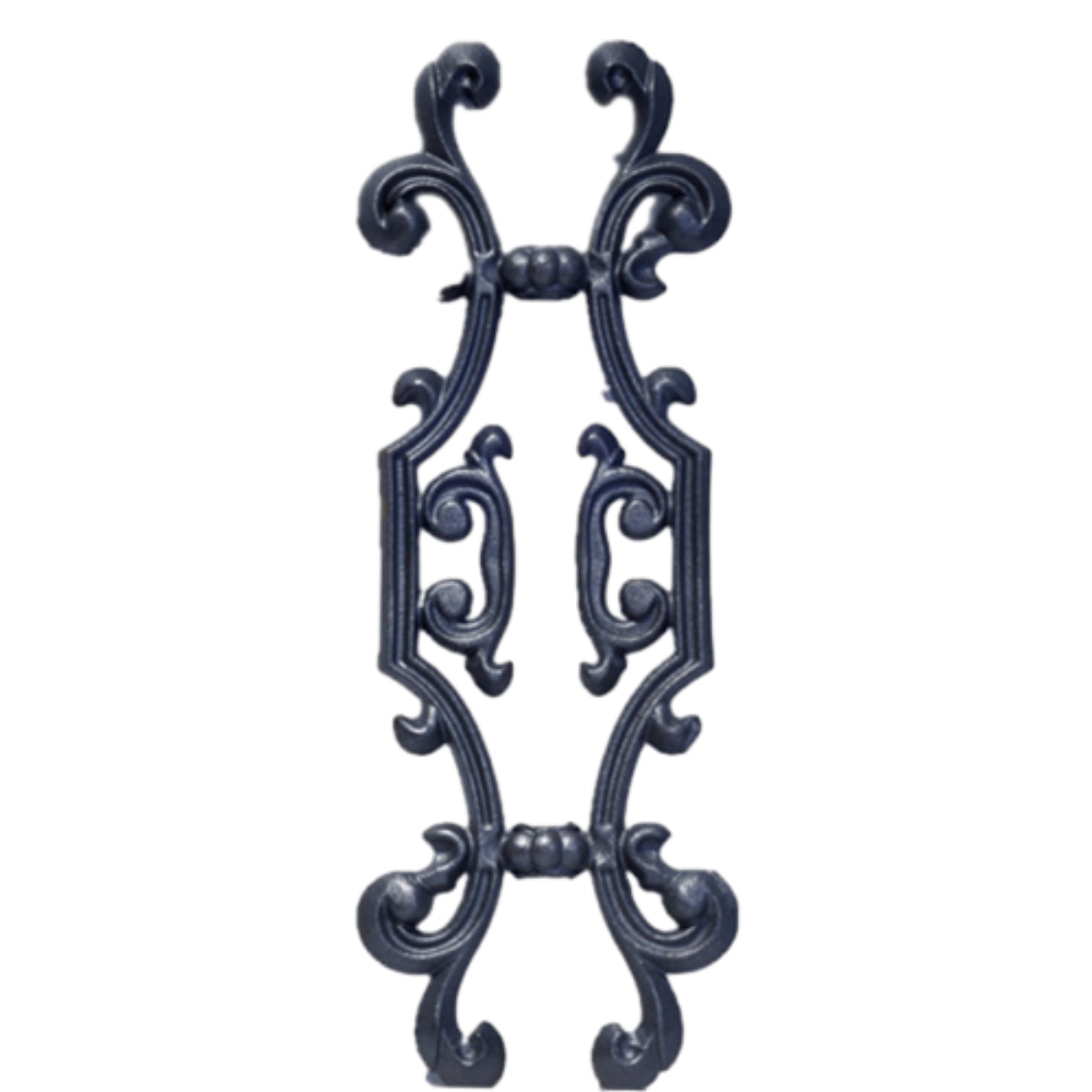Tips for Adjusting Sliding Door Rollers for Smooth Operation
Adjusting Sliding Doors Roller A Comprehensive Guide
Sliding doors add an elegant touch to any home or office, maximizing space while providing easy access to outdoor areas. However, over time, the rollers that help these doors glide smoothly can become misaligned or worn out, leading to frustrating operation issues. Understanding how to adjust sliding door rollers is an essential skill for homeowners and maintenance professionals alike, ensuring doors function properly and enhancing the longevity of the hardware.
Understanding the Mechanism
Before diving into adjustments, it's important to comprehend how sliding door rollers work. Typically, sliding doors operate on a track system, with rollers attached to the door's bottom edge. When the rollers are properly aligned and functional, they allow the door to slide effortlessly along the track. Misalignment can occur due to wear and tear, improper installation, or changes in the foundation of the building, causing doors to stick, derail, or require excessive force to open.
Tools Needed for Adjustment
To adjust your sliding door rollers, you'll need a few basic tools
1. Screwdriver Most sliding door rollers can be adjusted using a flathead or Phillips screwdriver. 2. Pliers Useful for tightening or loosening hardware. 3. Level To ensure that the door is properly aligned after adjustments. 4. Vacuum or Brush To clean the track and rollers before making adjustments.
Steps to Adjust Sliding Door Rollers
1. Inspect the Door Start by examining the sliding door for any visible signs of wear or damage. Look for debris in the track and check the rollers for rust or cracks. Cleaning the track and rollers can often resolve sliding issues.
adjusting sliding doors roller

2. Clean the Track Use a vacuum or brush to remove dirt and debris from the track. A clean track allows for smoother operation and reduces stress on the rollers. If needed, a damp cloth can help remove stubborn grime, but make sure everything is completely dry before proceeding.
3. Access the Rollers Depending on the design of your sliding door, you may need to lift the door slightly to access the rollers. Some doors come with an adjustable screw on the side or bottom of each roller that allows for height adjustment. If the rollers are not visible, you might need to remove the door from its track temporarily.
4. Adjust the Rollers Using the screwdriver, turn the adjustment screws (usually located on the rollers) clockwise to raise the door and counterclockwise to lower it. Make incremental adjustments, checking the door's movement after each turn. The goal is to ensure the door sits evenly in the frame and rolls smoothly along the track.
5. Check the Alignment After making adjustments, slide the door back and forth. If it still sticks or feels off-balance, repeat the adjustment process until you achieve a smooth operation. Be sure to use a level to verify that the door is even on both sides.
6. Reinstall if Necessary If you removed the door for adjustments, carefully place it back into the track, ensuring that the rollers sit correctly on the path. Test the door again to confirm that it opens and closes without issue.
7. Regular Maintenance To prolong the life of your sliding door rollers, incorporate regular maintenance into your home care routine. Cleaning the track, lubricating the rollers with silicone spray, and checking for wear can prevent future problems.
Conclusion
Adjusting sliding door rollers is a straightforward process that can greatly enhance the functionality and aesthetics of your space. With a little effort and the right tools, homeowners can avoid costly repairs and enjoy the seamless operation of their sliding doors for years to come. Regular maintenance is key, so remember to keep your sliding doors clean and well-adjusted to ensure they remain a beautiful and practical feature of your home.
-
Wrought Iron Components: Timeless Elegance and Structural StrengthNewsJul.28,2025
-
Window Hardware Essentials: Rollers, Handles, and Locking SolutionsNewsJul.28,2025
-
Small Agricultural Processing Machines: Corn Threshers, Cassava Chippers, Grain Peelers & Chaff CuttersNewsJul.28,2025
-
Sliding Rollers: Smooth, Silent, and Built to LastNewsJul.28,2025
-
Cast Iron Stoves: Timeless Heating with Modern EfficiencyNewsJul.28,2025
-
Cast Iron Pipe and Fitting: Durable, Fire-Resistant Solutions for Plumbing and DrainageNewsJul.28,2025
-
 Wrought Iron Components: Timeless Elegance and Structural StrengthJul-28-2025Wrought Iron Components: Timeless Elegance and Structural Strength
Wrought Iron Components: Timeless Elegance and Structural StrengthJul-28-2025Wrought Iron Components: Timeless Elegance and Structural Strength -
 Window Hardware Essentials: Rollers, Handles, and Locking SolutionsJul-28-2025Window Hardware Essentials: Rollers, Handles, and Locking Solutions
Window Hardware Essentials: Rollers, Handles, and Locking SolutionsJul-28-2025Window Hardware Essentials: Rollers, Handles, and Locking Solutions -
 Small Agricultural Processing Machines: Corn Threshers, Cassava Chippers, Grain Peelers & Chaff CuttersJul-28-2025Small Agricultural Processing Machines: Corn Threshers, Cassava Chippers, Grain Peelers & Chaff Cutters
Small Agricultural Processing Machines: Corn Threshers, Cassava Chippers, Grain Peelers & Chaff CuttersJul-28-2025Small Agricultural Processing Machines: Corn Threshers, Cassava Chippers, Grain Peelers & Chaff Cutters












